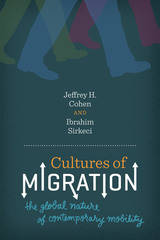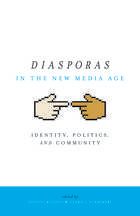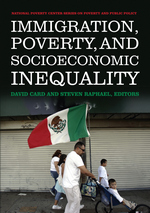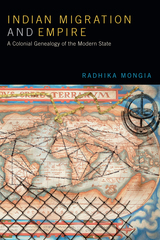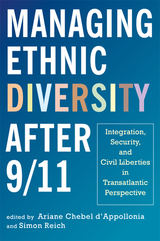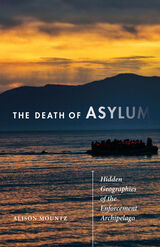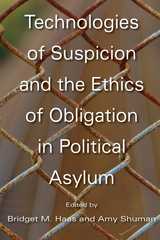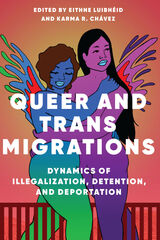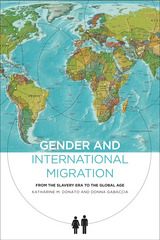Managing Ethnic Diversity after 9/11: Integration, Security, and Civil Liberties in Transatlantic Perspective
Rutgers University Press, 2010
eISBN: 978-0-8135-8084-5 | Paper: 978-0-8135-5137-1 | Cloth: 978-0-8135-4716-9
Library of Congress Classification JV6342.M355 2010
Dewey Decimal Classification 325.4
eISBN: 978-0-8135-8084-5 | Paper: 978-0-8135-5137-1 | Cloth: 978-0-8135-4716-9
Library of Congress Classification JV6342.M355 2010
Dewey Decimal Classification 325.4
ABOUT THIS BOOK | AUTHOR BIOGRAPHY | REVIEWS | TOC
ABOUT THIS BOOK
America's approach to terrorism has focused on traditional national security methods, under the assumption that terrorism's roots are foreign and the solution to greater security lies in conventional practices. Europe offers a different model, with its response to internal terrorism relying on police procedures.
Managing Ethnic Diversity after 9/11 compares these two strategies and considers that both may have engendered greater radicalization--and a greater chance of home-grown terrorism. Essays address how transatlantic countries, including the United Kingdom, the United States, France, Germany, Spain, Italy, and the Netherlands have integrated ethnic minorities, especially Arabs and Muslims, since 9/11. Discussing the "securitization of integration," contributors argue that the neglect of civil integration has challenged the rights of these minorities and has made greater security more remote.
Managing Ethnic Diversity after 9/11 compares these two strategies and considers that both may have engendered greater radicalization--and a greater chance of home-grown terrorism. Essays address how transatlantic countries, including the United Kingdom, the United States, France, Germany, Spain, Italy, and the Netherlands have integrated ethnic minorities, especially Arabs and Muslims, since 9/11. Discussing the "securitization of integration," contributors argue that the neglect of civil integration has challenged the rights of these minorities and has made greater security more remote.
See other books on: Cross-cultural studies | Cultural assimilation | European Union countries | Muslims | Security
See other titles from Rutgers University Press

